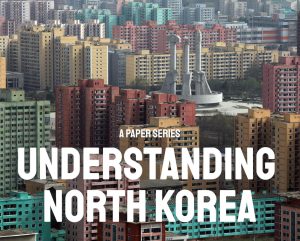Reading North Korea

North Korea’s public messaging matters because Pyongyang exercises complete control over its media to shape and manage public opinion at home and abroad. Pyongyang is extremely calibrated in its public messaging: what information it releases and how it presents that information, at what level of authoritativeness, to whom, when, and in what context. As such, tracking patterns and trends in media behavior and identifying even the smallest shifts can shed light on the North Korean leadership’s current thinking and future intentions.
That said, understanding Pyongyang’s language can be a tricky task. Much of North Korean media content is meaningless noise, and the real message tends to be obscure, making propaganda analysis a deliberate process of separating the wheat from the chaff. North Korea often issues commentaries and statements containing colorful expressions that are then afforded big headlines in South Korean and Western media. But what sounds like a biting statement is not always intended to bite. By contrast, a routine essay in the party daily that appears to be just another meaningless piece of propaganda may actually contain crucial signals about key shifts in the leadership. Singling out what seems to be an interesting fragment of information and overanalyzing it without seeing the broader patterns and trends, too, will almost certainly result in misreading or missing important signals from Pyongyang.
Navigating the intricacies of the North Korean media environment may be a tricky task, but with the right methodology and rigorous and systematic application of it, it is not an impossible one.
38 North Nonresident Fellow, Rachel Minyoung Lee, wrote a paper introducing the basics of a North Korean media analysis framework and how it may be applied by both consumers and producers of North Korea analysis. It was written as part of the “Understanding North Korea roundtable series,” a joint program of the National Committee on North Korea (NCNK) and the Wilson Center’s Hyundai Motor – Korean Foundation Center for Korean History and Public Policy. For the full text of this paper, see https://ncnk.org/resources/briefing-papers/all-briefing-papers/understanding-north-koreas-public-messaging or https://www.wilsoncenter.org/publication/understanding-north-koreas-public-messaging-introduction.
